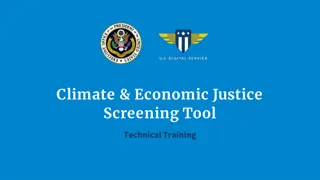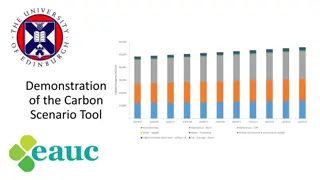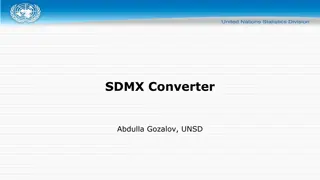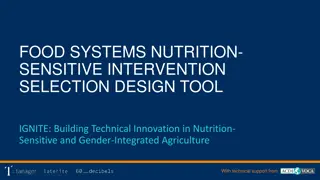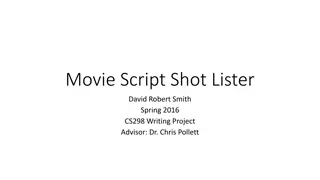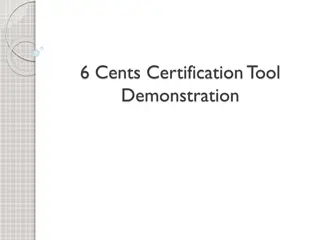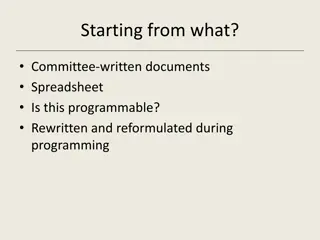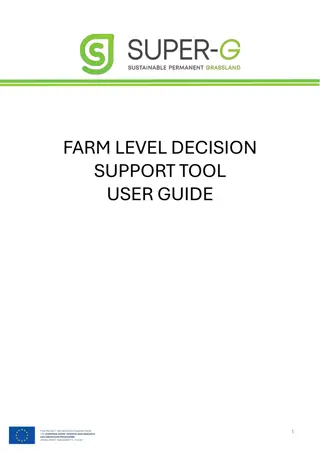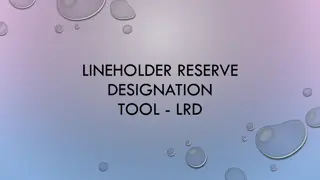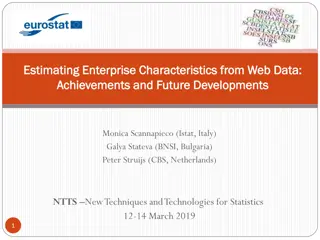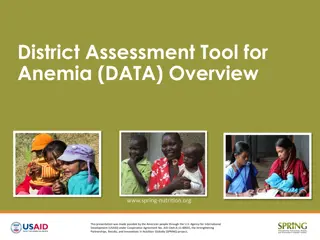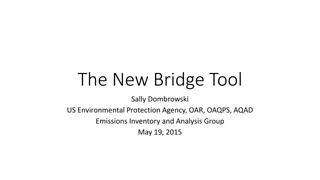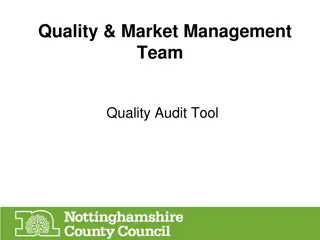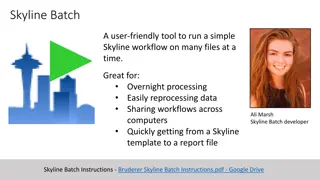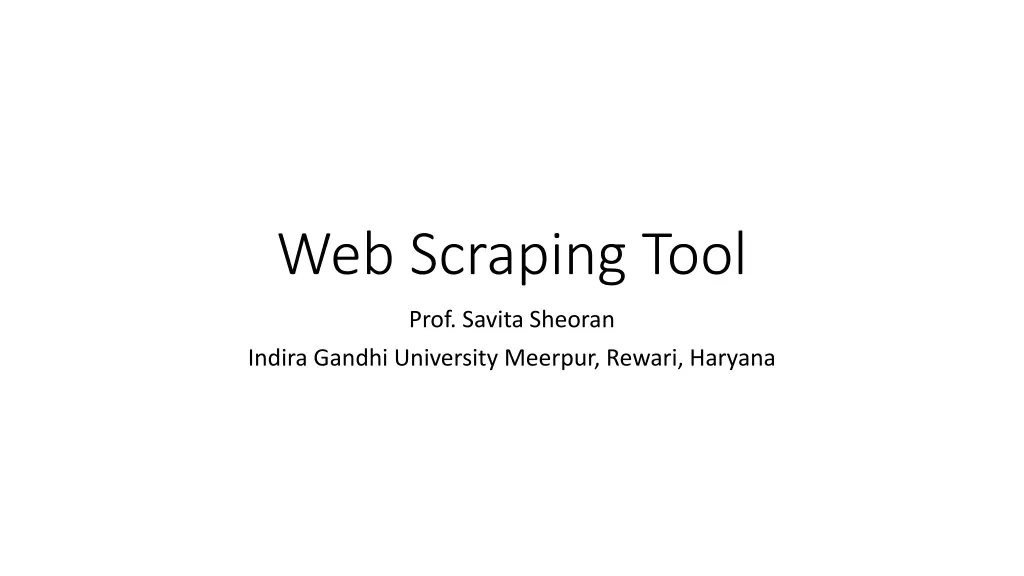
Web Scraping Tools and Frameworks Comparison
"Explore the features of popular web scraping tools including BeautifulSoup, Scrapy, Selenium, Puppeteer, and Octoparse. Learn about their advantages, disadvantages, and use cases to choose the right tool for your scraping projects."
Download Presentation

Please find below an Image/Link to download the presentation.
The content on the website is provided AS IS for your information and personal use only. It may not be sold, licensed, or shared on other websites without obtaining consent from the author. If you encounter any issues during the download, it is possible that the publisher has removed the file from their server.
You are allowed to download the files provided on this website for personal or commercial use, subject to the condition that they are used lawfully. All files are the property of their respective owners.
The content on the website is provided AS IS for your information and personal use only. It may not be sold, licensed, or shared on other websites without obtaining consent from the author.
E N D
Presentation Transcript
Web Scraping Tool Prof. Savita Sheoran Indira Gandhi University Meerpur, Rewari, Haryana
1. 1. BeautifulSoup BeautifulSoup (Python Library) (Python Library) Description: BeautifulSoup is a Python library used for parsing HTML and XML documents. It helps extract data from web pages by traversing the DOM (Document Object Model). Advantages: Easy to use and beginner-friendly Works well with static web pages Provides simple methods to search and modify HTML content Compatible with other Python libraries like Requests Disadvantages: Slower than other scraping libraries (e.g., Scrapy) Not suitable for large-scale data extraction Cannot handle JavaScript-rendered content
2. Scrapy (Python Framework) 2. Scrapy (Python Framework) Description: Scrapy is an open-source web scraping framework designed for large-scale scraping projects. It provides built-in functionalities to handle requests, follow links, and store extracted data. Advantages: Fast and efficient for large-scale scraping Built-in request handling and data pipeline Can follow links and scrape multiple pages automatically Supports exporting data in various formats (JSON, CSV, XML) Disadvantages: Has a steeper learning curve compared to BeautifulSoup Requires more setup and configuration Not ideal for JavaScript-heavy websites
3. Selenium (Automation Framework) 3. Selenium (Automation Framework) Description: Selenium is primarily used for automating web browsers but is also useful for web scraping, especially for JavaScript-rendered pages. It interacts with web elements like buttons and forms. Advantages: Can scrape dynamic websites with JavaScript content Simulates user interactions (clicks, scrolls, form submissions) Supports multiple browsers (Chrome, Firefox, Edge) Disadvantages: Slower than Scrapy and BeautifulSoup Requires a web driver (e.g., ChromeDriver) Resource-intensive and may not be efficient for large-scale scraping
4. Puppeteer (JavaScript Library) 4. Puppeteer (JavaScript Library) Description: Puppeteer is a Node.js library that provides a high-level API for controlling headless Chrome. It is widely used for web scraping, automation, and testing. Advantages: Handles JavaScript-heavy websites efficiently Can take screenshots and generate PDFs Provides full browser automation Disadvantages: Requires Node.js setup Heavier on system resources compared to other tools Can be complex for beginners
5. 5. Octoparse Octoparse (No (No- -Code Web Scraping Tool) Code Web Scraping Tool) Description: Octoparse is a cloud-based, no-code web scraping tool that allows users to scrape data without programming knowledge. Advantages: User-friendly with a visual interface No coding skills required Supports scheduled and cloud-based scraping Disadvantages: Limited free plan (premium features require payment) Less flexible compared to coding-based tools May face challenges with CAPTCHA-protected sites
6. 6. ParseHub ParseHub (Visual Web Scraping Tool) (Visual Web Scraping Tool) Description: ParseHub is another visual scraping tool that enables users to extract data from complex websites, including those with JavaScript-generated content. Advantages: No programming required Can handle dynamic websites Cloud-based scraping with data storage Disadvantages: Limited free tier Slower than code-based tools Some websites block its bots
7. 7. Apify Apify (Cloud (Cloud- -Based Web Scraping Platform) Based Web Scraping Platform) Description: Apify is a cloud-based web scraping and automation tool that supports headless browsers and various scraping techniques. Advantages: Scalable and cloud-based Supports headless browser automation Provides ready-to-use web scraping solutions Disadvantages: Paid service (free tier is limited) Requires API knowledge for advanced usage May require proxy services to avoid blocks
8. 8. WebHarvy WebHarvy (Point (Point- -and and- -Click Scraper) Click Scraper) Description: WebHarvy is a visual web scraping tool that allows users to extract data from websites without writing code. Advantages: Easy to use (point-and-click interface) Can handle JavaScript-generated content Supports data export in multiple formats Disadvantages: Paid software (no free version) Limited flexibility compared to code-based tools Not ideal for large-scale projects



